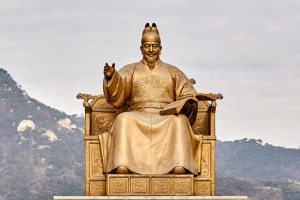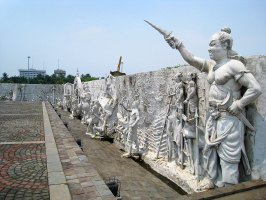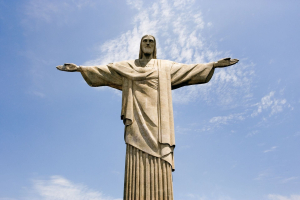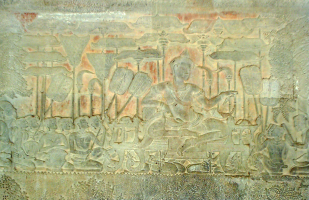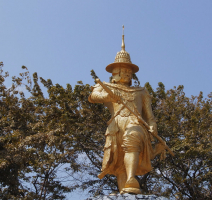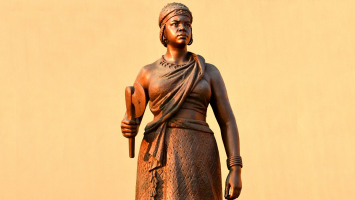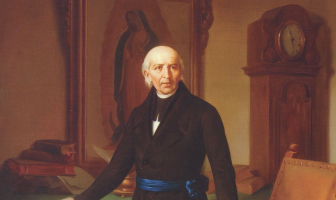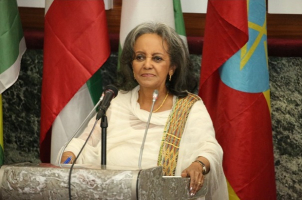Top 6 Most Important Historical Figures In Iran
This is a list of the most important historical figures in Iran. Don't miss it if you are interested in history.... read more...
-
The Achaemenid Empire, the first Persian empire, was started by Cyrus the Great. Under his leadership, the empire expanded greatly, incorporated all of the pre-civilized states of the ancient Near East, and finally conquered the majority of Western Asia and a sizable portion of Central Asia. The empire that Cyrus established was the biggest the world had ever known, stretching from the Mediterranean Sea and the Hellespont in the west to the Indus River in the east.
Cyrus ruled for nearly thirty years, during which time his empire established itself through the conquest of the Median Empire, the Lydian Empire, and ultimately the Neo-Babylonian Empire. Additionally, he was the leader of an expedition into Central Asia that produced significant campaigns that were said to have "subjugated every nation without exception." While battling the Massagetae, an ancient Eastern Iranian nomadic tribal confederation, along the Syr Darya in December 530 BC, Cyrus is said to have perished in combat. Cyrus did not travel to Egypt at the time. Cyrus did not, according to Xenophon, perish in combat and instead made a second trip to the Achaemenid ceremonial capital of Persepolis. He was followed by his son Cambyses II, who during his brief reign was able to annex Egypt, Nubia, and Cyrenaica.
Cyrus is renowned for having honored the traditions and faiths of the nations he subjugated. He had a significant role in creating the system of a central government at Pasargadae overseeing satraps in the borderlands of the empire, which was exceedingly efficient and profitable for both the rulers and the subjects.
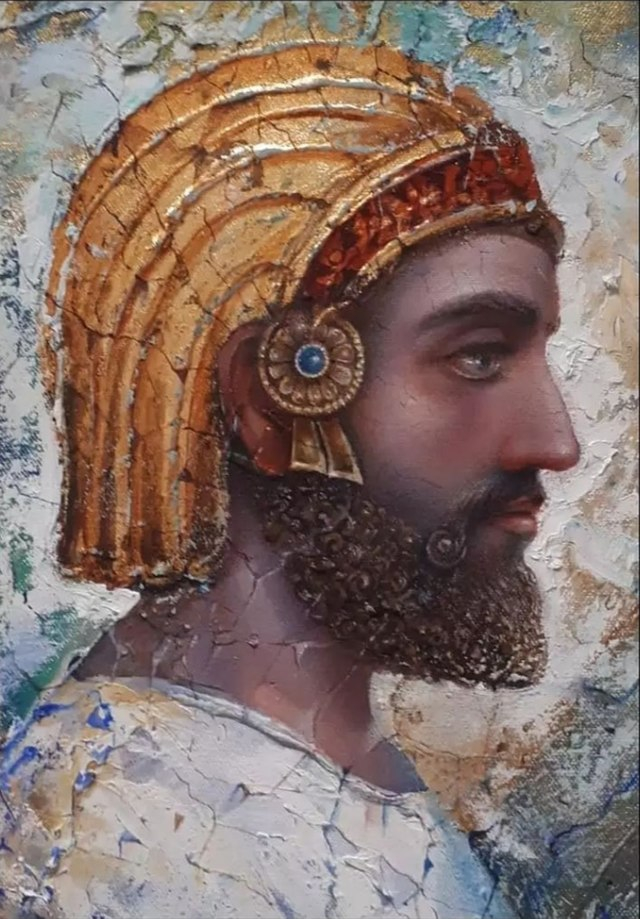
Photo: Wikimedia Commons - Cyrus the Great Video: Kings and Generals - Cyrus the Great -
From 16 September 1941 until his downfall by the Iranian Revolution on 11 February 1979, Mohammad Reza Pahlavi served as the final Shah (King) of the Imperial State of Iran. Due to his standing, he was also referred to as the Shah.
Mohammad Mosaddegh, the Iranian prime minister during Mohammad Reza's rule, briefly nationalized the British-owned oil industry before an army coup d'état sponsored by the UK and the US ousted Mosaddegh, restored the Shah, and reinstated international oil companies under the Consortium Agreement of 1954. The Shah thereafter rose to prominence within OPEC and supported an increase in oil prices that devastated Western economies.
By nationalizing important industries and redistributing land, Mohammad Reza launched the White Revolution, a set of economic, social, and political reforms intended to make Iran a global power and modernize the country. Many Iranian nationalist initiatives were put into place by the regime, which helped make Cyrus the Great, the Cyrus Cylinder, and the Tomb of Cyrus the Great well-known Iranian symbols.
The construction of nuclear facilities, the nationalization of Iran's natural resources, significant investments in infrastructure, subsidies and land grants for rural populations, profit sharing for industrial workers, and some of the most successful literacy programs in the world were all started by the Shah. In order to establish an independent economy for the country, the Shah also implemented economic policies such as tariffs and preferential loans to Iranian companies. Iran's production of cars, appliances, and other commodities rose significantly, creating a new industrialist class that was thought to be protected from the dangers of outside competition. The Shah, who was regarded as a master statesman by the 1970s, leveraged his burgeoning influence to pass the 1973 Sale and Purchase Agreement.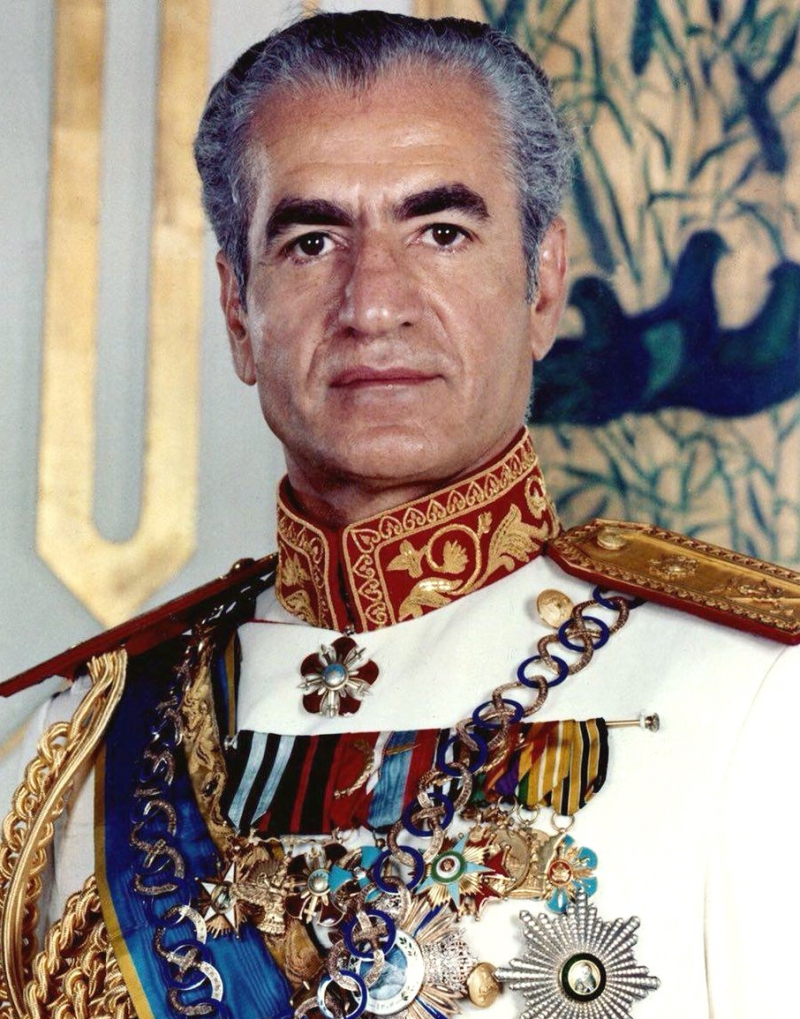
Photo: IMDb - Mohammad Reza Pahlavi 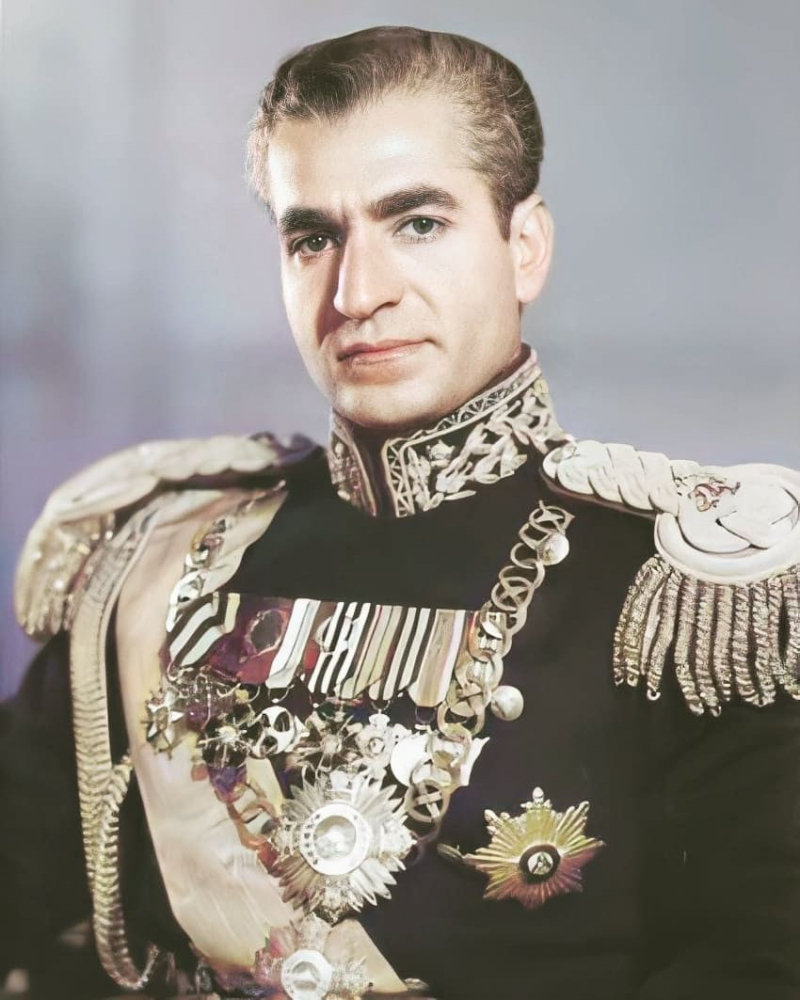
Photo: Pinterest - Mohammad Reza Pahlavi -
As the religion's spiritual founder, Zoroaster is revered. According to legend, he was an Iranian prophet who started a religious movement that opposed the traditional beliefs of ancient Iran and later gave rise to a religion that was widely practiced in that time period. He spoke Old Avestan fluently and resided in the eastern region of the Iranian plateau, but it is unknown where he was born.
On the time frame of his existence, academics disagree. Using linguistic and sociocultural evidence, some researchers propose a dating to somewhere during the second millennium BC. As a close contemporary of Cyrus the Great and Darius the Great, other researchers place him between the seventh and sixth century BC. From roughly the 6th century BC to the 7th century AD, when the religion itself started to wane after the Arab-Muslim conquest of Iran, Zoroastrianism finally became the official state religion of ancient Iran, particularly during the time of the Achaemenid Empire. The Gathas and the Yasna Haptanghaiti, a collection of hymns written in his native Avestan dialect and representing the essence of Zoroastrian philosophy, are attributed to Zoroaster. Zoroaster is an obscure figure, and the most of what is known about him comes from these few works. No evidence can assign him into a certain era by any contemporary standard of historiography, and the historicization of him may be a continuation of a movement that began before the 10th century AD to historicize legends and myths.
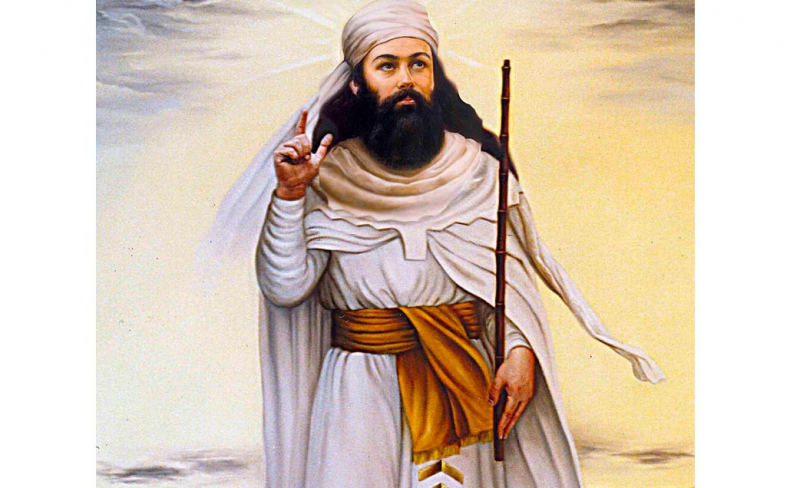
Photo: askislam.ir - Zoroaster 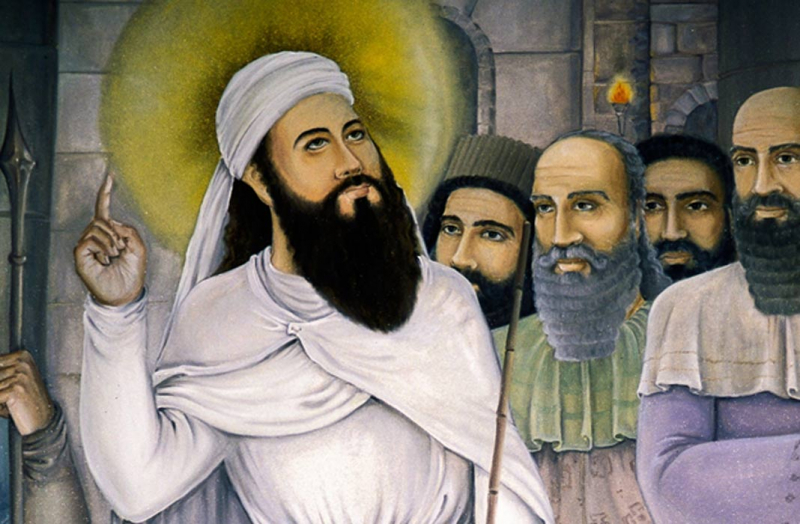
Photo: Ancient Origins - Zoroaster -
The fourth King of Kings of the Achaemenid Empire, Xerxes I, also referred to as Xerxes the Great, ruled from 486 to 465 BC. His mother, Atossa, was a descendant of Cyrus the Great (r. 550–530 BC), who established the Achaemenid kingdom. He was the son and successor of Darius the Great (r. 522-486 BC). He oversaw the empire at its geographic peak, just like his father. He governed from 486 BC until Artabanus, the leader of the royal bodyguard, assassinated him in 465 BC.
Western history remembers Xerxes I for invading Greece in 480 BC. His armies briefly took control of mainland Greece north of the Isthmus of Corinth until defeats at Salamis and Plataea a year later undid these gains and effectively put an end to the second invasion. However, Xerxes was able to put down uprisings in Babylon and Egypt. Additionally, Xerxes oversaw the conclusion of numerous building projects at Susa and Persepolis.
The biblical Book of Esther, which some historians, like Eduard Schwartz, William Rainey Harper, and Michael V. Fox, regard to be historical romance, identifies Xerxes with the king Ahasuerus. However, there isn't even close to agreement on what historical event served as the inspiration for the tale.
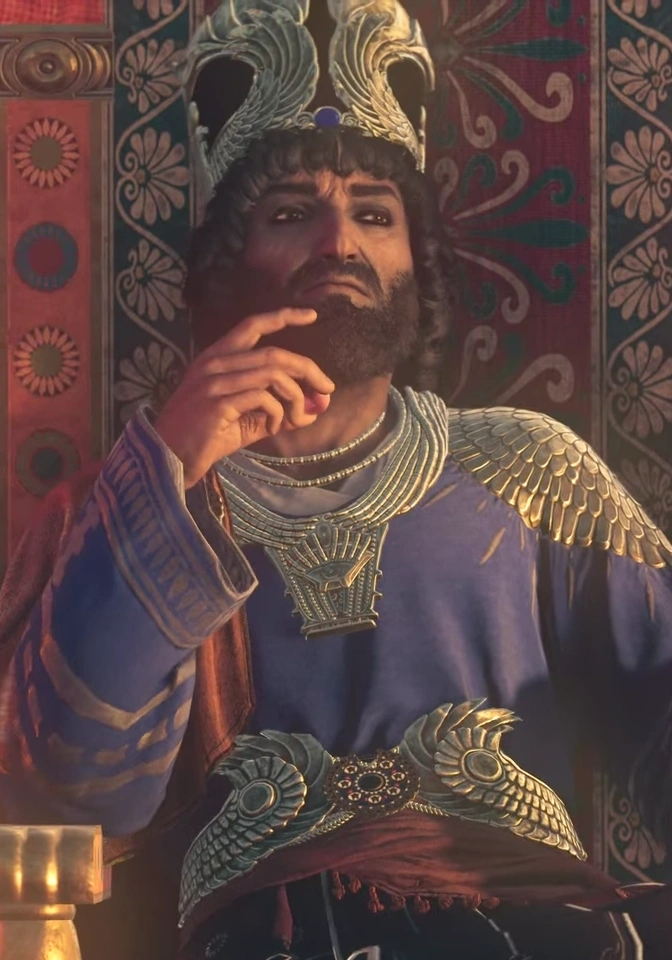
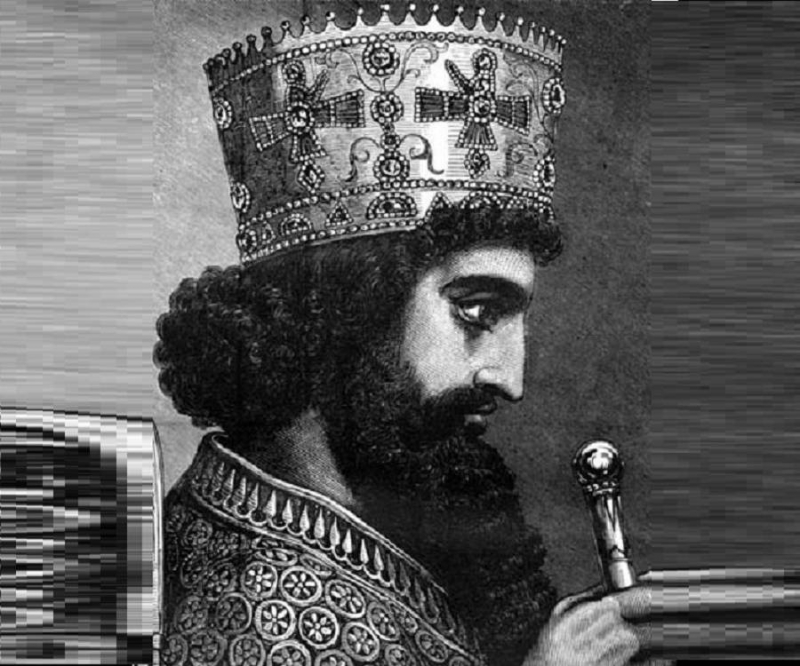
Photo: The Famous People - Xerxes I -
One of the most important historical figures in Iran, Nader Shah Afshar founded the Afsharid dynasty and ruled Iran (Persia) as shah from 1736 until his murder in 1747 after a rebellion. He participated in various campaigns in the Caucasus, Central Asia, and the Middle East. Some historians have referred to him as the Second Alexander, the Sword of Persia, or the Napoleon of Persia due to his military prowess. Nader belonged to the Turkoman Afshar tribe, a semi-nomadic group that had made its home in Khorasan in northern Iran and had provided the Safavid monarchy with military support ever since Shah Ismail I.
Nader came to power amid a time of unrest in Iran after the Hotaki Pashtuns overthrew the frail Shah Sultan Husayn and the Ottomans, the Safavids' arch-enemy, as well as the Russians, acquired control of Iranian territory. Nader expelled the invaders and brought the Iranian realm back together. He grew to be so strong that, in 1736, he made the decision to overthrow the Safavid dynasty, which had controlled Iran for more than 200 years, and install himself as Shah. He waged numerous wars, building a vast empire that, at its height, briefly included what is now Iran, Armenia, Azerbaijan, Georgia, the North Caucasus, Iraq, Turkey, Turkmenistan, Afghanistan, Uzbekistan, Bahrain, Pakistan, Oman, and the Persian Gulf. However, his military spending had a disastrous impact on the Iranian economy.
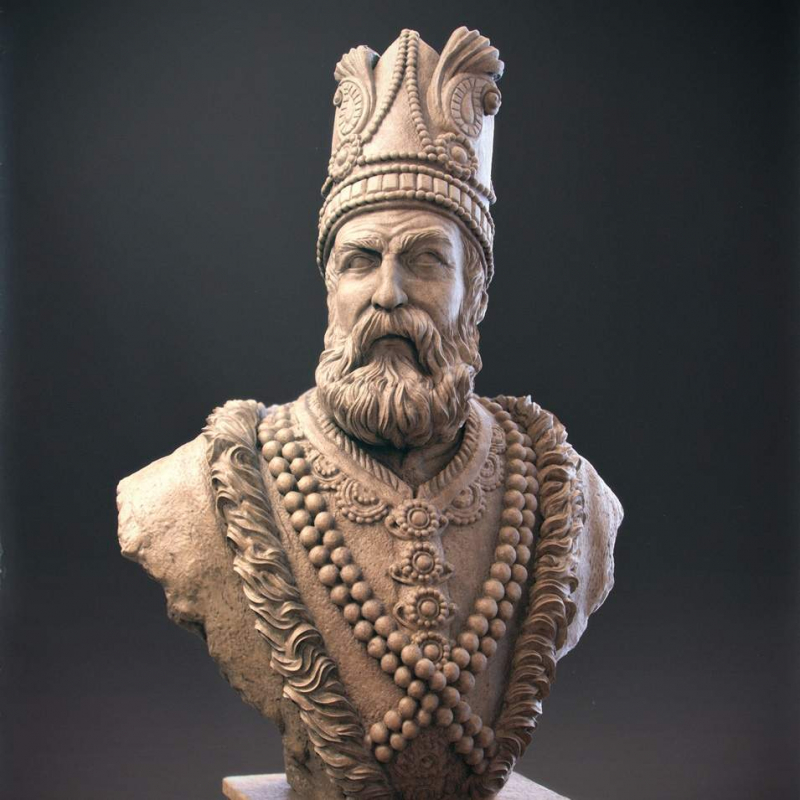
Photo: RenderHub - Nader Shah 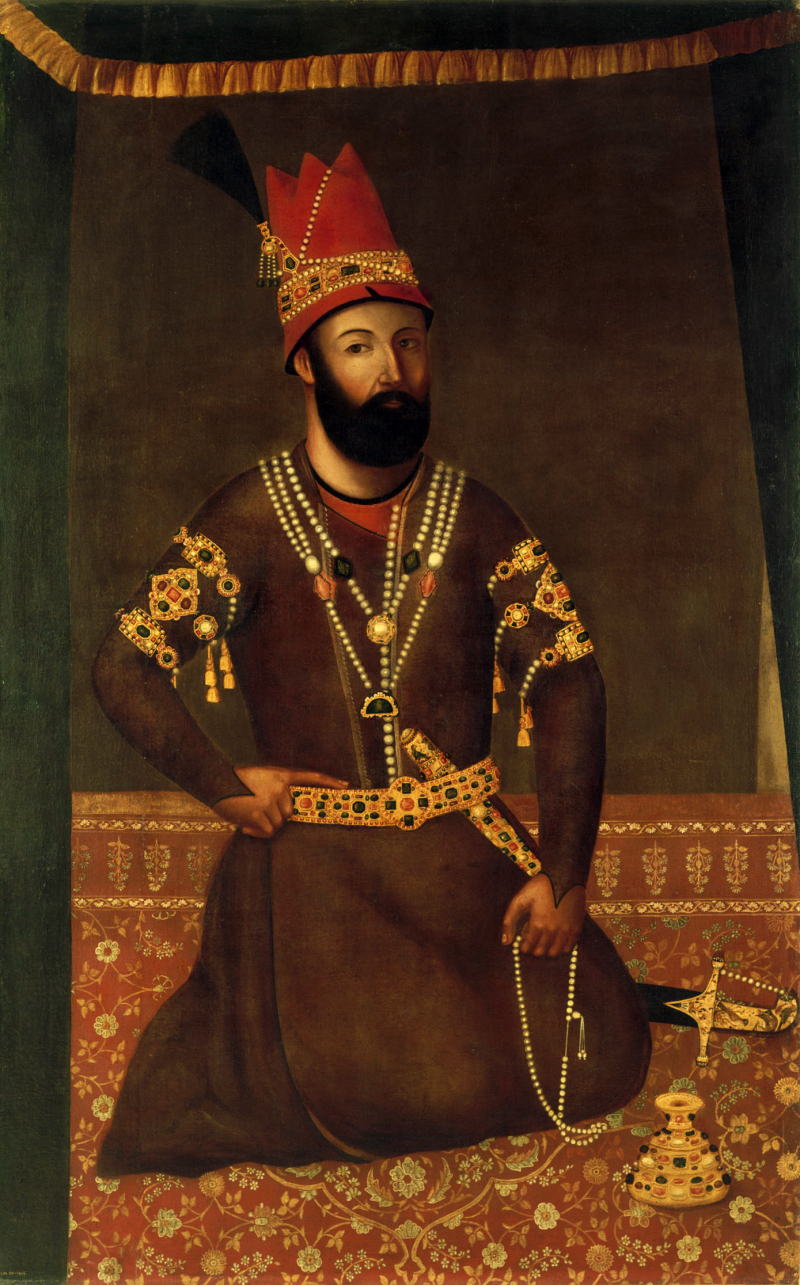
Photo: Wikipedia - Campaigns of Nader Shah -
The founder of the Zand Dynasty, which ruled from 1751 to 1779, was Karim Khan Zand. He was in charge of all of Iran (Persia), excluding Khorasan. He also held power over a portion of the Caucasian region and lived in Basra for a while.
Iran rebounded from the wreckage of 40 years of war under Karim's leadership, giving the war-torn nation a restored feeling of tranquility, security, peace, and prosperity. The height of Zand rule was between 1765 and Karim Khan's death in 1779. He enabled the East India Company to establish a commercial base in southern Iran and repaired relations with Britain. Shiraz became his capital, and he commissioned the construction of numerous buildings there. "Karim Khan Zand maintains an enduring reputation as the most merciful Iranian monarch of the Islamic era," according to The Oxford Dictionary of Islam. After the Islamic Revolution of 1979, the residents of Shiraz refused to rename the city's two main streets, one of which being the Karim Khan Zand Street, because the names of Iran's former rulers had become taboo (the other one being the Lotf Ali Khan Zand Street).
After Karim Khan's passing, a new civil war broke out, and none of his descendants could govern the nation as successfully as he had. Agha Mohammad Khan Qajar, the last of these ancestors and the first to rule Iran alone, put to death Lotf Ali Khan.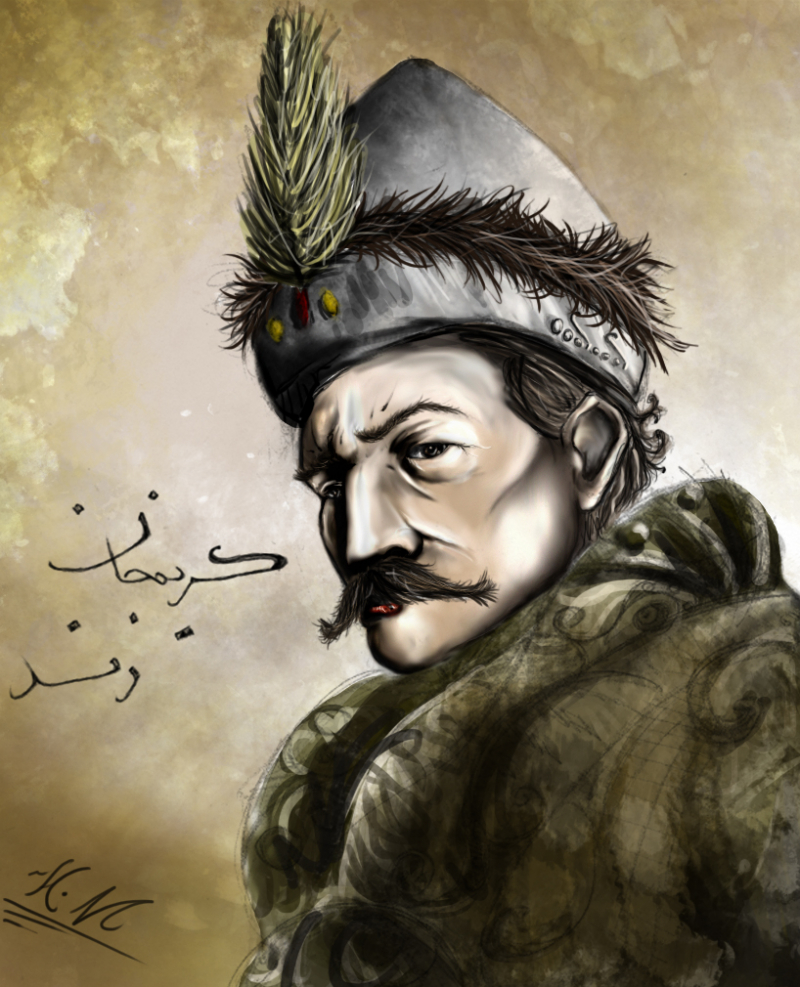
Photo: DeviantArt - Karim khan zand by Hatimous on DeviantArt 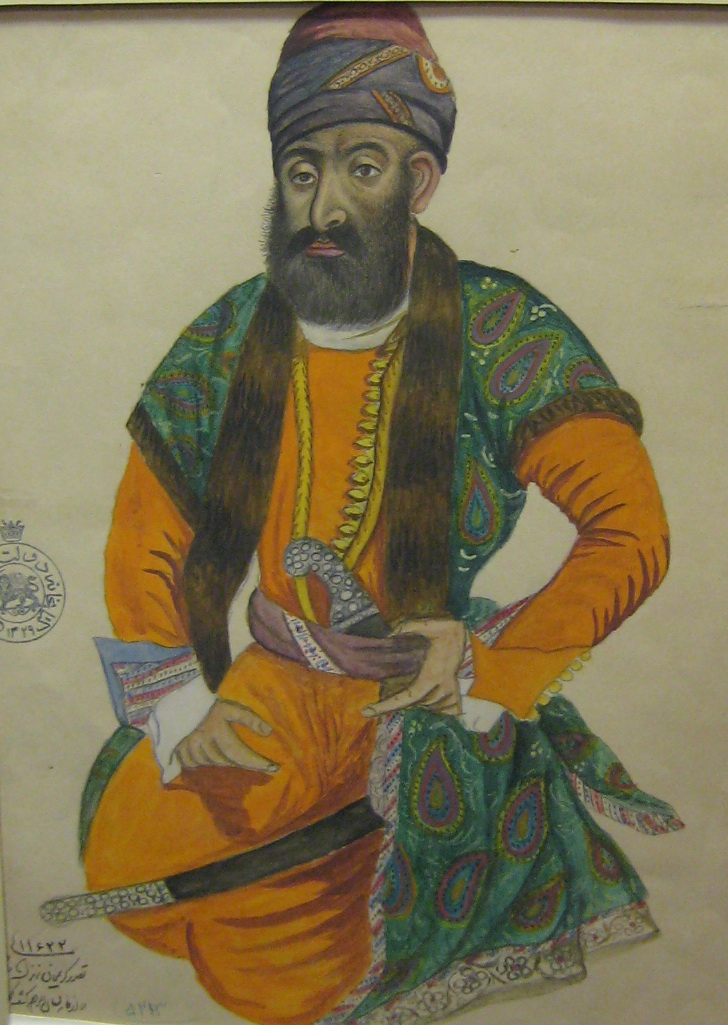
Photo: Wikimedia Commons - Karim khan Zand










